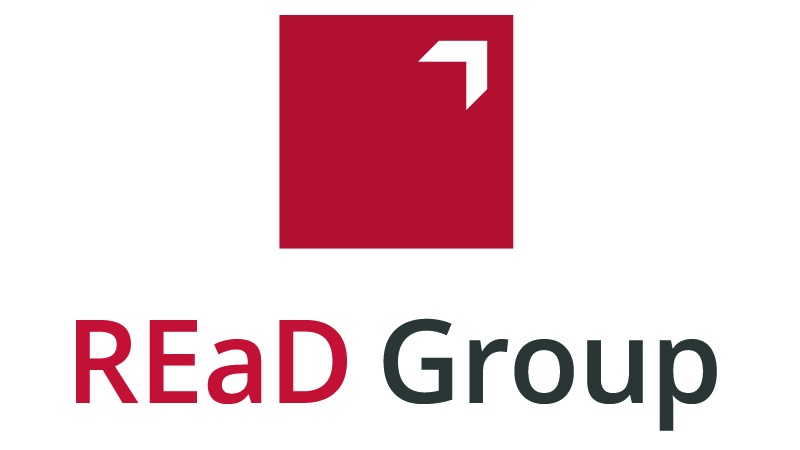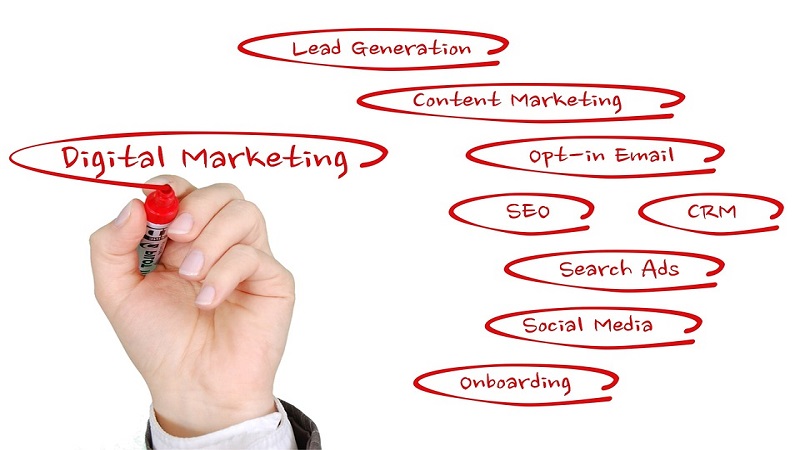The year of impactful work: Redefining priorities for marketers
By Esther Flammer, Chief Marketing Officer at Wrike
Current economic uncertainty means that many businesses and consumers are struggling with reduced budgets. With global growth expected to slow down even more in 2023, it’s never been more important to connect with the right audiences and stand out from competitors.
At the same time, the pace of work has increased significantly, as businesses have had to quickly adapt to seismic market and economic shifts and reduced spending has been met with higher expectations. For marketing teams, the pressure to deliver is higher than ever, and it doesn’t look like it’s going to be calming down any time soon. This has shed light on numerous productivity challenges that have affected the industry for decades, including the need to prioritise innovative strategies that get in front of buyers and do high-value, results-driven work that maximises ROI while still getting pulled in too many directions by work that isn’t tracked or measured.
Recent research from Wrike found that the total cost of wasted time for marketing teams is around $59 million per year, significantly higher than other departments. The average marketing professional is wasting 16 hours per week on miscellaneous work. This equates to 820 hours, or 103 working days per year. This staggeringly high figure goes to show that business leaders must find a better, more efficient way for marketing teams to work.
In order to excel in this current period of economic uncertainty, marketing teams must find a way to maximise their most precious resource – time. Only then can they boost productivity, deliver better results, and produce their most meaningful work.
Marketing and the Dark Matter of Work
Research from CERN revealed that we can only see about 5% of matter in the universe, with the other 95% flying under the radar as ‘dark matter’. This can also be said about much of the work we carry out today. Many of the activities we undertake and the interactions we have are never captured, tracked, or measured against a specific goal.
The very nature of a marketing professional’s job is exacerbating the problem. The need to constantly move at pace, producing and using reams of data alongside a never-ending list of applications can be challenging. When a task isn’t managed in one single platform it can create Dark Matter. Whether it is trying to find notes from the latest creative huddle or missed messages about editing work which were shared over email, Dark Matter is everywhere.
As marketing teams get busier – taking on more projects per year (11 large-scale) – and with the number of messages increasing to 301 each day, this Dark Matter is beginning to have serious repercussions, and not just in terms of a lack of productivity. In fact, 80% of marketing professionals are experiencing burnout. This human cost of the Dark Matter of Work is sadly unsurprising. Many marketing teams are feeling the stress of trying to navigate broken workflows, which leads to misalignment, missed deadlines, duplicate work, and stalled projects.
Delivering impactful work
Working in synchrony is key for marketers to eliminate wasted time and tackle feelings of burnout. It’s important that every team has the ability to collaborate effectively cross-functionally and cross-departmentally, without silos and within a single source of truth. Teams also need access to tools that increase visibility into the work taking place and allow them to automate time consuming, mundane tasks like approval processes. This leaves more time and space for creative thinking and the ability to focus on delivering what really matters – brand consistency, customer experience, and maximised ROI.
At the moment, marketing leaders don’t have visibility into 45% of work taking place. In response to this, 97% of marketing professionals said a single source of truth would reduce stress for them and their colleagues. So, what’s the solution? This is where collaborative work management platforms come in.
Collaborative work management platforms ensure that individuals are aware of exactly what they are contributing to a project, meaning fewer mistakes, greater consistency, and a shared knowledge of what others are working on. This creates an environment in which creative thinking is encouraged from start to finish – which will ultimately enable marketers to create more impactful work.
One company already witnessing the benefits of these technologies is AVEVA. Over 20,000 enterprises in over 100 countries rely on AVEVA to help them deliver life’s essentials: safe and reliable energy, food, medicines, infrastructure and more. By connecting people with trusted information and AI-enriched insights, AVEVA enables teams to engineer efficiently and optimise operations, driving growth and sustainability. However, with the company going through a significant merger the leadership team urgently needed to work out how to consolidate multiple project teams, tools and processes. This is why the marketing function decided to implement a collaborative work management solution.
Implementing a collaborative work management solution has enabled AVEVA to centralise multiple project teams, tools, and processes, while bringing together employees in one easy-to-use platform. By helping to boost visibility across marketing teams and the other departments they work with, this technology has been key to building better brand consistency and improving results. Since onboarding, the organisation has grown from 248 to 505 users and collaborates on approximately 1,000 tasks in the platform each month.
With a looming recession, marketing teams cannot afford to fall victim to the Dark Matter of Work. In order to be successful, they need to gain greater visibility and better integrate applications. It is only then that they will truly understand the work being done across an organisation and streamline it. By implementing these changes, marketers will have time back to focus on work that drives ROI.





